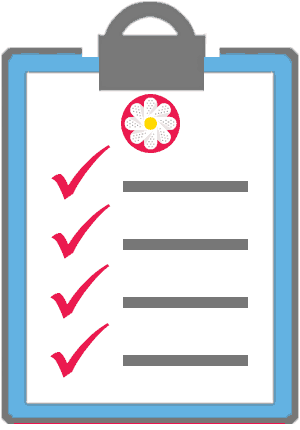When is it Appropriate to File a Lien?

A second review appeal isn’t always enough. Sometimes, providers must take further action to secure proper reimbursement.
When a second review appeal fails to produce the correct payment for medical treatment, Independent Bill Review (IBR) is sufficient to resolve most disputes. However, filing a lien claim may be appropriate for certain kinds of disputes.
While both IBR and lien claims keep the onus on the provider to correct a payor error, these two resources represent the only way forward for payment disputes.
Refer to the following guide to help determine which course of action is required.
When a provider receives an incorrect reimbursement, the first step is to timely appeal the erroneous payment by submitting a compliant request for second review appeal, a process we detailed in a recent blog and explain thoroughly in our webinar.
Unfortunately, the second review appeal process doesn’t always do the trick. If the employer or insurer’s claims administrator denies further payment, the provider must take the next step.
If the only issue in dispute is the actual reimbursement amount owed by the employer or insurer, IBR is the correct recourse to resolve that dispute. Also worth noting is that IBR is only applicable to dates of service on or after January 1, 2013; disputes regarding dates of service before that require a lien claim.
If there is a dispute regarding the employer/insurer’s liability to pay at all — a lien claim is the appropriate recourse. When there is a “threshold” issue, a lien is required to resolve the dispute.
In short, identifying the correct choice of recourse generally comes down to whether:
- The claims administrator disputes how much payment is owed (IBR), or
- The claims administrator disputes if payment is owed (lien claim).
When to Request IBR
After the second review appeal, it is appropriate to request IBR only if all of the following conditions are true:
- The date of service is after January 1, 2013
- The amount to be paid is in dispute, not liability for the service
- The treatment is described in the OMFS or reimbursement contract
- The second review appeal of the original bill was timely
- The claims administrator responded to the second review appeal with an explanation of review (EOR)
When to File a Lien Claim
After the second review appeal, it is appropriate to file a lien claim only if:
- The date of service is prior to January 1, 2013, or
- There is a “threshold” issue regarding liability to pay, including but not limited to:
- A dispute over whether the injury arose out of or occured in the course of work
- The claims administrator has not accepted liability for the injured body part
- Treatment was provided outside the MPN or predesignated physician
- Authorization was improperly denied (the IMR process must be complete)
- The treatment is not described in the OMFS or reimbursement contract
Concurrently Pursuing IBR and Lien Claim
If it is unclear into which category the dispute falls, providers may request IBR and file a lien claim concurrently.
Be aware, however, that requests for IBR and lien claims both require separate filing fees. If a provider pursues both concurrently, and the dispute is ineligible for one or the other, the provider risks forfeiting all or part of the paid fee. In the case of a lien claim, the entire $150 filing fee is non-refundable if the dispute is ineligible. The IBR filing fee is partially refundable; if the dispute is ineligible for IBR, $147.50 of the $195 fee will be refunded.
Both the IBR and the lien filing processes are subject to strict regulations regarding forms, deadlines, and the aforementioned filing fees. Also, the processes described here are applicable to disputes regarding medical treatment only. Feel free to read our blog on IBRs, and be sure to follow the latest requirements regarding lien declarations.
The provider’s role is to treat the injured worker as authorized by the insurer. Beyond that, providers expend extraordinary time and resources on compliant billing. When employers and insurers repay that effort with incorrect reimbursements — followed by further denial of proper payment — one starts to see why providers might question the ROI of treating injured workers.
For the integrity of the workers’ comp system, providers deserve the correct reimbursement, however difficult it may be to obtain.
daisyBill’s work comp Billing Software features everything providers need to bill completely and compliantly, plus features that make appealing for Second Review easy and fast. In the event of continued dispute, our IBR Decision Library helps providers bolster their case with solid precedent.
Schedule a free demonstration, and see what daisyBill can do for your office.
REQUEST DEMO
DaisyBill provides content as an insightful service to its readers and clients. It does not offer legal advice and cannot guarantee the accuracy or suitability of its content for a particular purpose.




